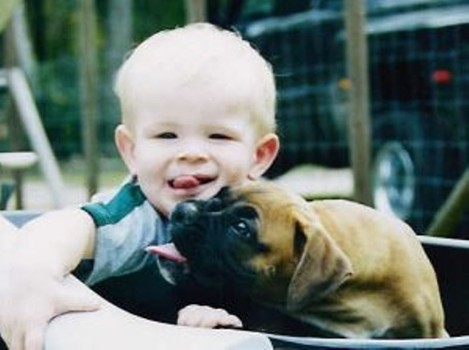Although pets can be the source of love, companionship and emotional support, they can also be the source of disease and infection, according to a new study. The research, published in the edition of the Canadian Medical Association Journal, reported that infants, the elderly, children and adults with cancer, and pregnant women are especially vulnerable to animal-borne diseases.
As part of their research, investigators reviewed more than 500 studies on infection stemming from household pets to make recommendations on how families could minimize the risk of disease transmission by choosing the right pet or by making small changes that would allow them to continue to enjoy the pets they have.
The researchers emphasized that in most cases the risk of getting a disease from a pet is low. The issue is that some people — especially those with compromised immune systems — should not have certain types of pets. For instance, they noted puppies and kittens are more likely to catch and spread germs than older pets.
“Young dogs and cats can be fantastic pets for the average person. But if there is an individual who is severely immunocompromised, that may not be the best choice,” lead author Jason Stull, VMD, PhD, an assistant professor of veterinary preventive medicine at Ohio State University, told The Star. “It may make more sense to get an adult or mature animal that’s going to be less likely to carry some of these zoonotic organisms.”
Zoonoses are diseases that pass between animals and humans. There are more than 70 known diseases and infections that can spread from pets to people, including diarrhea-inducing salmonella and Campylobacter; drug-resistant bacteria; fungal infections; and parasitic infections such as hookworm, roundworm and toxoplasmosis.
Infections from dogs and cats generally result from scratches, bites, saliva or contact with feces. Reptiles and amphibians, however, can transmit diseases indirectly, such as on contaminated surfaces.
“In one study,” wrote the researchers, “31 percent of reptile-associated salmonellosis cases occurred in children less than 5 years of age and 17 percent occurred in children aged 1 year or younger.” They said this underscored the increased risk to children and the potential for the disease to spread without direct contact to the reptile or its habitat.
One glaring finding revealed a need for the risk of pet-related diseases to be part of physician/patient and veterinarian/pet-owner discussions.
“Surveys suggest that most veterinarians and physicians do not regularly discuss zoonotic disease risks with clients, patients and each other,” Stull said in a news release. This dialog is particularly important when a child or adult in the family has a compromised immune system, he said.
So what can families do to minimize the risk of pet-to-person disease transmission?
Stull and his colleagues recommended wearing gloves when cleaning aquariums, cages and when removing feces. They also urged proper hand washing after pet contact; discouraging pets from licking; and avoiding contact with high-risk pets such as amphibians, reptiles and exotic animals.
In addition, the authors suggested regularly cleaning and disinfecting animal cages, feeding areas and bedding; locating litter boxes away from eating and food-prep areas, and covering playground boxes when not in use. They also advised regular veterinary visits for all pets and waiting until your family member’s immune status improves before getting a new pet.
“It’s all about safe pet ownership,” said Stull. “There are very few situations in which a person couldn’t or shouldn’t have some type of pet if they wish. It’s about matching the right species with the right person and taking the appropriate precautions.”















